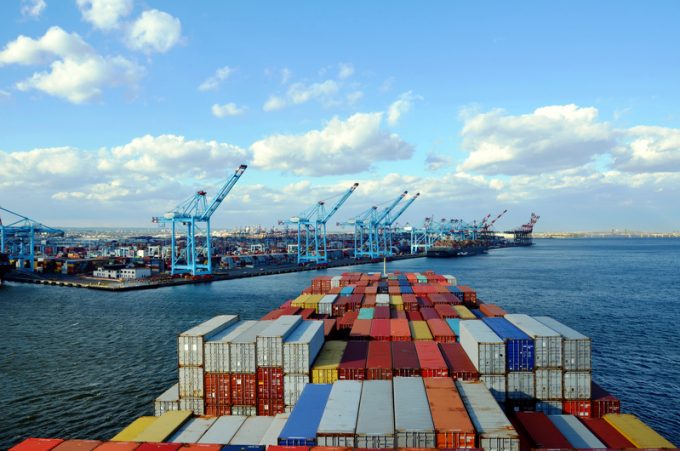
Covid lockdowns in China, war in Ukraine and the threat of hyper-inflation are a toxic mix of unpredictability for liner trades, but they have so far not had an impact on container freight rates.
Indeed, container spot rates, although trending down, are broadly in line with normal seasonal falls and, moreover, ocean carriers are succeeding in driving-through significant contract rate increases.
However, in the short-term, the lack of availability of containers to load in China, due to intermodal restrictions, could lead to carriers discounting rates to capture as much cargo as possible and thus ensure ships do not sail light.
“We are seeing a high degree of uncertainty and significant delays on the network,” said Maersk, “while restrictions and stringent checks at transhipment hubs have impacted the readiness of export cargo from Asia.”
Nevertheless, across the spot market indices this week, there were just modest fall of between 1% and 2% on the Asia-North Europe components, with the readings of Drewry’s WCI, the Freightos Baltic Index (FBX) and Xeneta’s XSI at $11,099, $12,095 and $12,699 per 40ft, respectively.
“This means the spot rate remains substantially above the level that seasonality would otherwise imply,” commented Vespucci Maritime’s Lars Jensen.
Meanwhile, Drewry, while suggesting that some of the downside risks were now stacking up for the container lines, said it did not think it would be the end of the bull run for container freight rates – but it added a caveat: “The market is extremely volatile and things can change very fast.”
On the transpacific, the WCI recorded a significant drop for its US west coast and east coast readings, while the FBX and the XSI were virtually unchanged. The WCI west coast component fell 8%, to $9,112 per 40ft, while its east coast reading recorded a decline of 6%, to $11,531 per 40ft.
Mr Jensen said the west coast spot rate fall was down to “a point matching the normal seasonal downturn after Chinese New Year”, and that the east coast rate decline was “now lower than could be expected from normal seasonality”.
Judah Levine, head of research at Freightos, suggested the dip in exports due to factory closures could be an explanation for the easing of rates, but he was bullish on the medium term.
“All signs point to continued elevated volumes and rates in the coming months, partially driven by importers pulling some demand forward in anticipation of summer delays, and a possible strike at west coast ports,” he said.
But less optimistic was Project 44’s SVP global supply chain insights, Josh Brazil, who pointed to a variety of negative factors influencing a fall in retail demand in the US, including inflation, the halting of stimulus cheques and increased spending on services.
To mitigate freight rate volatility, ocean carriers have used the baseline of highly elevated spot rates to lock shippers into long-term and multi-year contracts.
According to the latest monthly report from freight rate benchmarking firm Xeneta, long-term rates increased by an average 7% in March. propelling the year-on-year contract rate gain to almost 100%.
“Yet again, another bumper month for the carrier community, with climbs across all major trade corridors,” said Xeneta CEO Patrik Berglund.